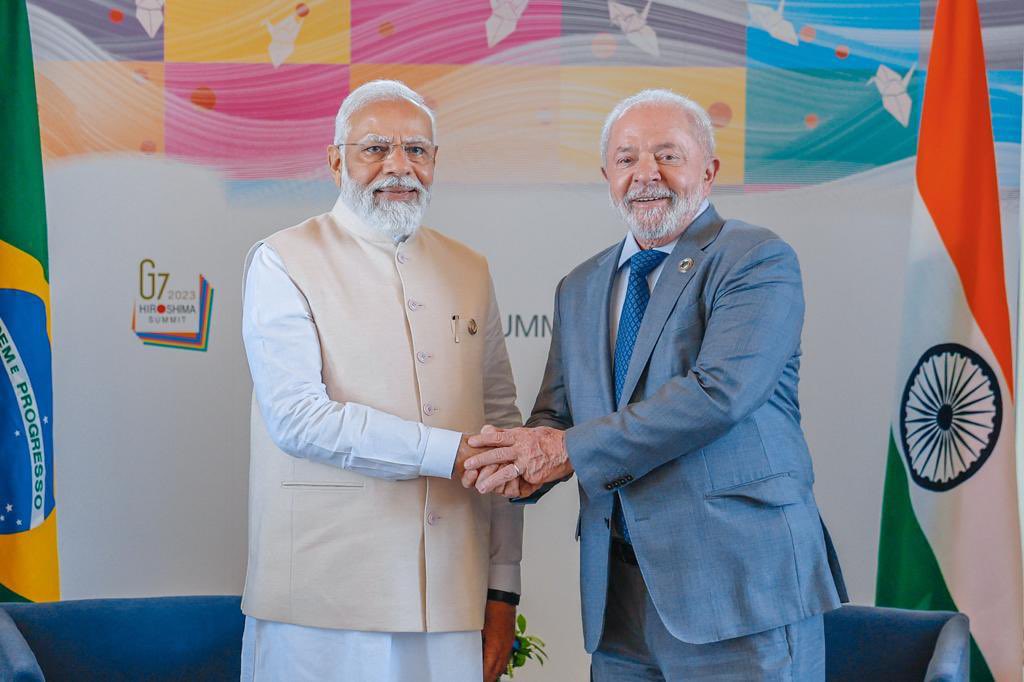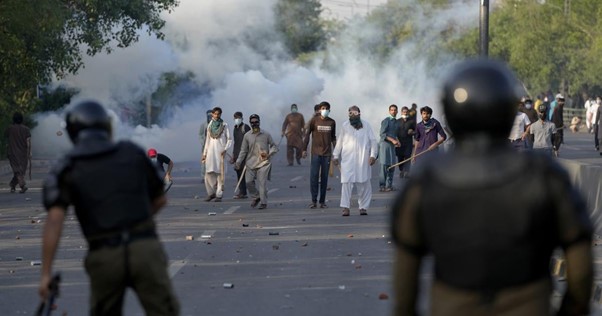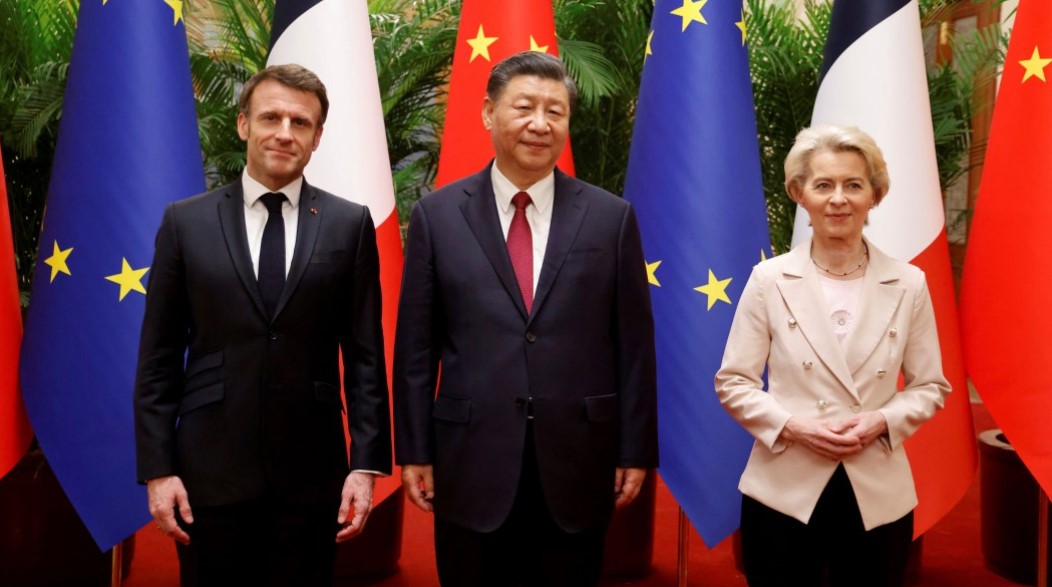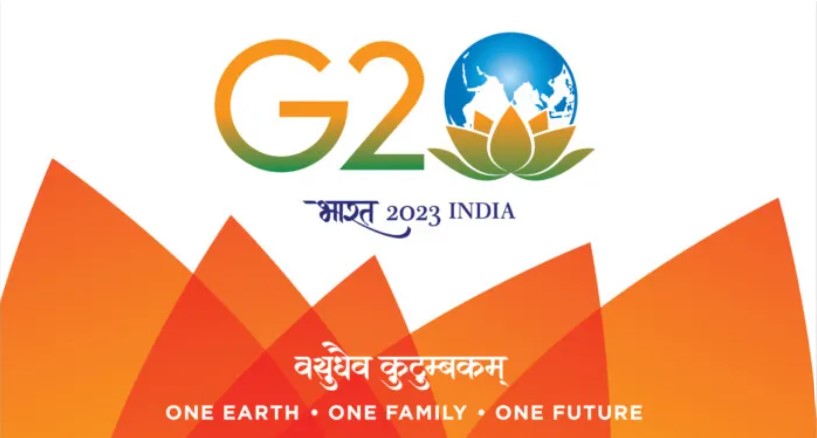India’s Maritime Policy – SAGAR
Sun, 17 Oct 2021 | Reading Time: 4 minutes
SAGAR (Security and Growth for All in the Region) is India’s maritime cooperation policy in the Indian Ocean. As the Indo-Pacific region is a vast maritime region, there are a variety of stakeholders, including major powers such as India, Japan, France, and the United States, along with medium- and smaller-sized countries such as Australia, Indonesia, and South Africa.
Through the SAGAR Cooperation between the economy and security, India hopes to enhance engagement with its maritime neighbors to build their maritime security capacities. This would be accomplished through cooperation, which would include information exchanges, coastal surveillance, infrastructure construction, and capability enhancement.
In consideration of its core national interests, India is trying to preserve, promote and protect major maritime gains, including protection of territorial integrity against sea-based threats, advancement of the Blue Economy, and protection of maritime resources within and beyond the MZI. In essence, the idea was to establish a convivial, holistic maritime area. Aside from the developmental aspects, the goal has been to secure the security of the critical chokepoints in the Indo-Pacific and Asia-Pacific regions, including the Strait of Malacca, the Strait of Hormuz, and Bab-el-Mandeb, for example.
With its unrestricted access to the Indian Ocean region, India’s central location in the Indian Ocean provides the country with the greatest SAGAR strength. In addition to this, it is blessed with an array of capabilities that it can share with its maritime neighbors – powerful maritime security forces, aircraft carriers, submarines, vast industrial complexes, financial institutions, and space assets. Having suffered a heavy toll from the 2004 tsunami disaster, which affected both human and natural resources, the UN implements a tsunami warning system for the Indian Ocean in 2005. It is intended to prevent such tragedies from occurring again through early warnings sent by an international network. Since 2007, Somali pirates have become an increasing threat to shipping in the western Indian Ocean. The Indian Navy is taking a robust stance against Somali pirates as part of the UNSC-mandated 60-country Contact Group on Piracy.
India has begun leveraging the theme of being a “net security provider” as a “formal endorsement” of the country’s active leadership capability for regional security and stability. Beyond any kind of ambiguity, India has been defining its presence in the Indian Ocean Region (IOR) and the Indo-Pacific. For the fop arguments sake, the various perspectives culminate into enhanced multilateral platforms for India with like-minded partners, for example, a quadrilateral partnership (with the USA, Japan, Australia, and India), or renewed bilateral naval exercises demanding a long-term strategic vision. It is only through a renewed geopolitical scenario that India would be able to make its mark in the new vision of the global maritime outlook.
Through leveraging the blue economy, SAGAR assists India in meeting its national socio-economic objectives (generating livelihoods, achieving energy security, and building ecological resilience) while strengthening its connectivity with its neighbors. The SAGAR program allows India to expand its strategic partnerships with other IOR littorals in Asia and Africa. Concerning India’s long-term role in the region, it indicates Indian readiness to play a leadership role and responsibilities on a transparent basis through its capacity building and capability enhancement programs. The relevance of SAGAR can best be understood when viewed in conjunction with India’s other policies that impact the maritime domain, such as the Act East Policy, Project Sagarmala, Project Mausam, etc. It symbolizes India’s maritime resurgence, as maritime issues are now at the heart of the country’s foreign policy. In the international arena, India can act as an enabler by implementing all these policies effectively.
In addition, there is a need to identify options and areas for identifying as sensitive ecologically and biologically, so that these areas are given additional protection and sustainably managed. India must focus on the Indian Ocean Rim Association (IORA). IORA’s mandate is to promote sustainable growth and balanced development in the region. IORA must examine the possibility of developing a Blue Economy-specific regional cooperation program.
Moreover, the policy envisages China’s PLA Navy being present, a force that has grown like no other. China’s “String of Pearls” strategy, intended to contain India’s maritime footprint, is also attracting India’s attention. Additionally, India is maintaining relations with other maritime neighbors and securing its strategic interests. India has also developed a counterbalanced strategy known as the Necklace of Diamonds.
With Australia-US-UK (AUKUS) nuclear submarine agreement being the latest development, Indian maritime interests are kept and China is countered, which changes the nature of the geopolitical game as a whole. Additionally, now that the UK is out of the EU after Brexit, it is playing a larger role in the Indo-Pacific region. France too has a role in the Indian Ocean with the Reunion Islands.
SAGAR’s capacity and execution are its weaknesses. India can offer maritime assets, but its execution capabilities are limited. Its limited capacity, combined with a lack of international coordination, will leave it short of living up to the expectations of its neighbors. Due to its internal governance mechanisms, India has still not adequately harnessed its capability in military diplomacy because it is cautious in committing more assets and manpower. As part of the SAGAR initiative, the private sector’s capacity has not been developed.
The fact that India has not had much luck converting capital into tangible results or influence has not helped and it needs to build bridges between the commitments it makes and the results it achieves. Many IOR littoral states cannot ensure the security of their maritime zones, so they rely on India for security and maritime patrols. However, such assistance would be only possible if budgetary support were assured for long-term maritime deployments. Despite the Ministry of Defence’s relatively large budget, there is no concept of prioritization in its allocation of resources. Also, there is little interaction between the Ministry of Defence and the Ministry of Foreign Affairs. All these problems are self-inflicted, and India must overcome them to become a world leader.
Disclaimer
The opinions expressed in this article are the author’s own and do not reflect the views of Chanakya Forum. All information provided in this article including timeliness, completeness, accuracy, suitability or validity of information referenced therein, is the sole responsibility of the author. www.chanakyaforum.com does not assume any responsibility for the same.
Chanakya Forum is now on . Click here to join our channel (@ChanakyaForum) and stay updated with the latest headlines and articles.
Important
We work round the clock to bring you the finest articles and updates from around the world. There is a team that works tirelessly to ensure that you have a seamless reading experience. But all this costs money. Please support us so that we keep doing what we do best. Happy Reading
Support Us




















POST COMMENTS (3)
Vyoma
Ankush Sharma
BHARAT Pandey